Shipping challenges reached a peak in 2021 – and we’re here to tell you that things aren’t looking better for 2022. But that doesn’t mean your operations need to suffer. You have more control over supply chain disruptions than you realize. Download our report today to find out what else we discovered and how it impacts your business.
Research and publish the best content.
Get Started for FREE
Sign up with Facebook Sign up with X
I don't have a Facebook or a X account
Already have an account: Login
Get weekly or monthly digest of all posts in your inbox: https://fmcs.digital/wim-subscribe
Curated by
Farid Mheir



 Your new post is loading...
Your new post is loading...

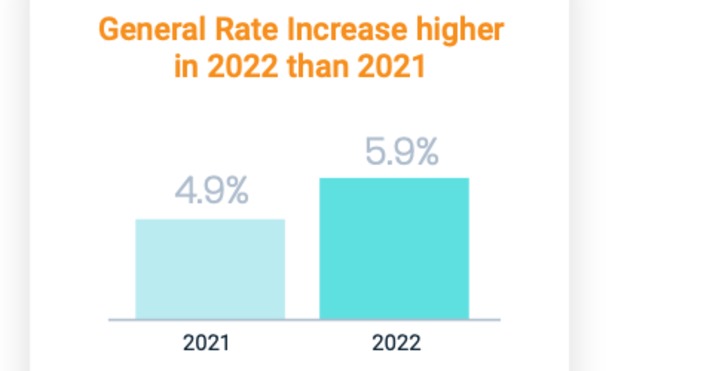

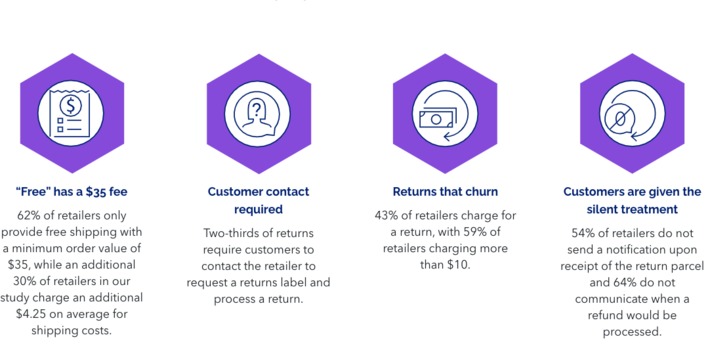
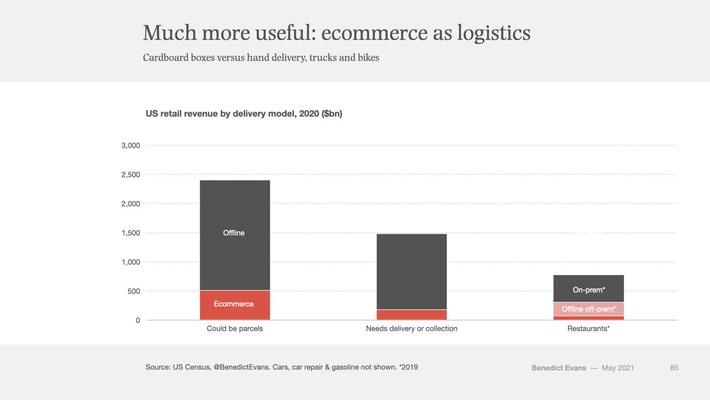
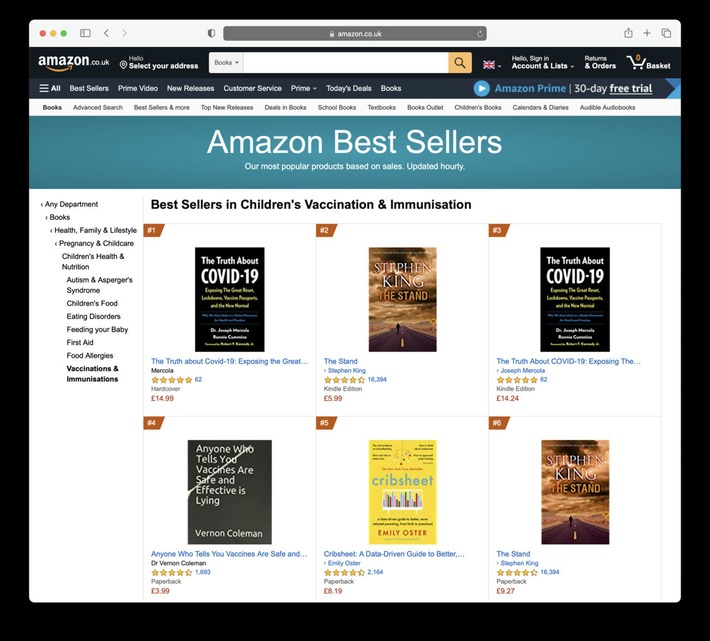
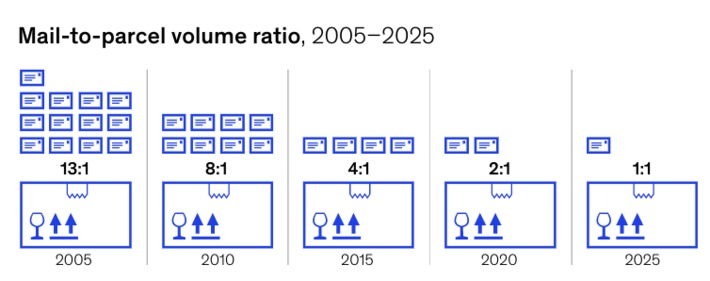
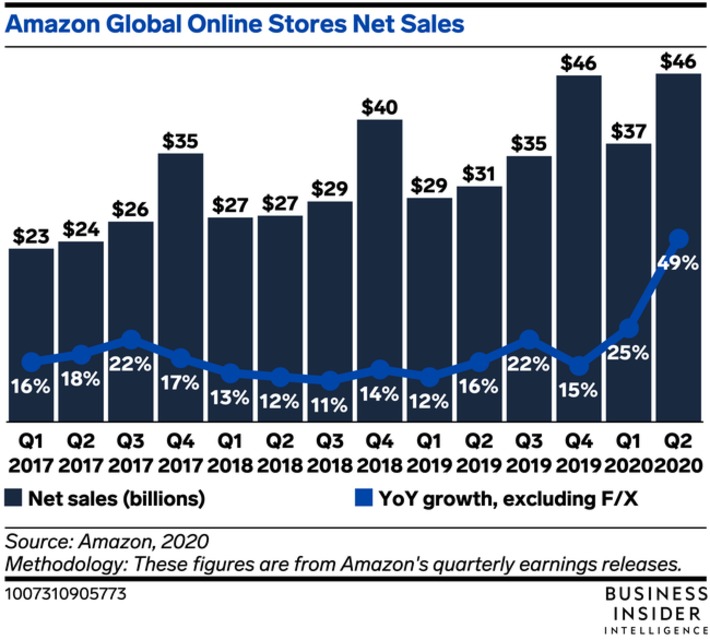
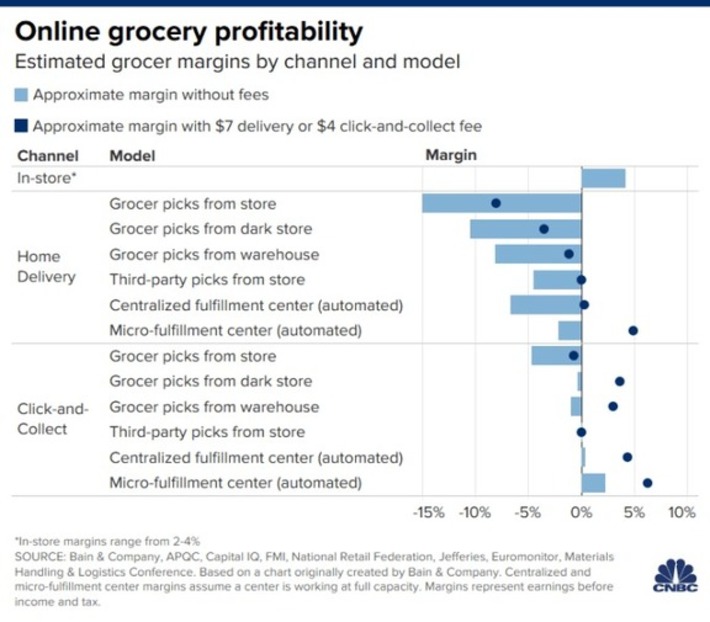


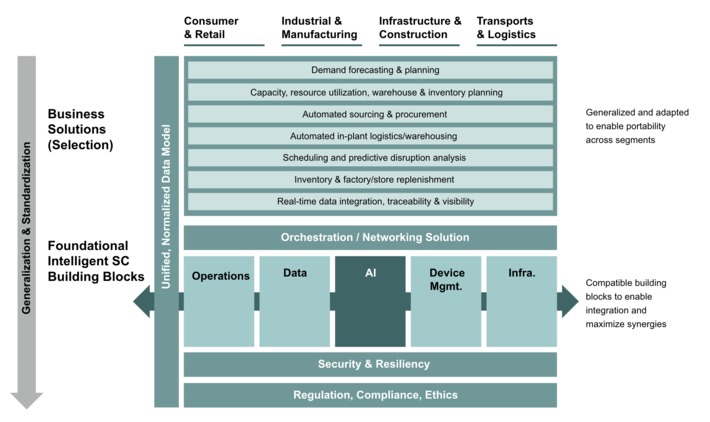


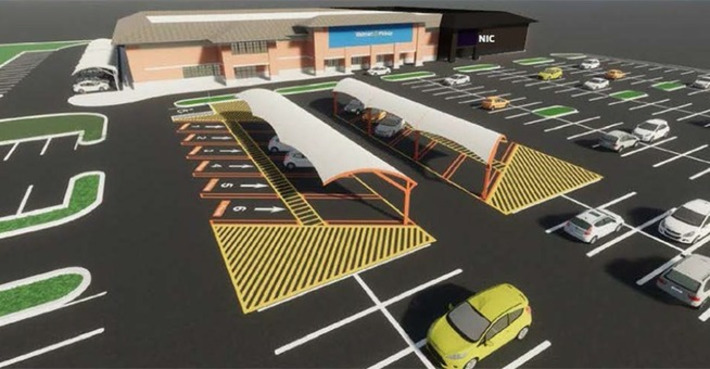

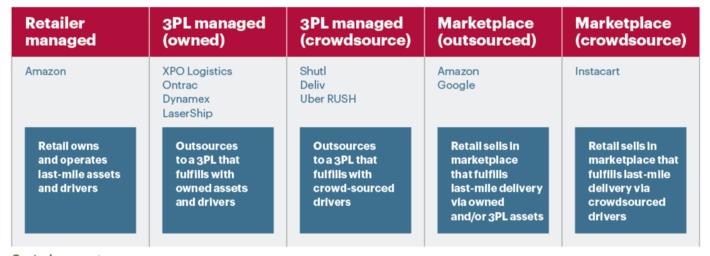

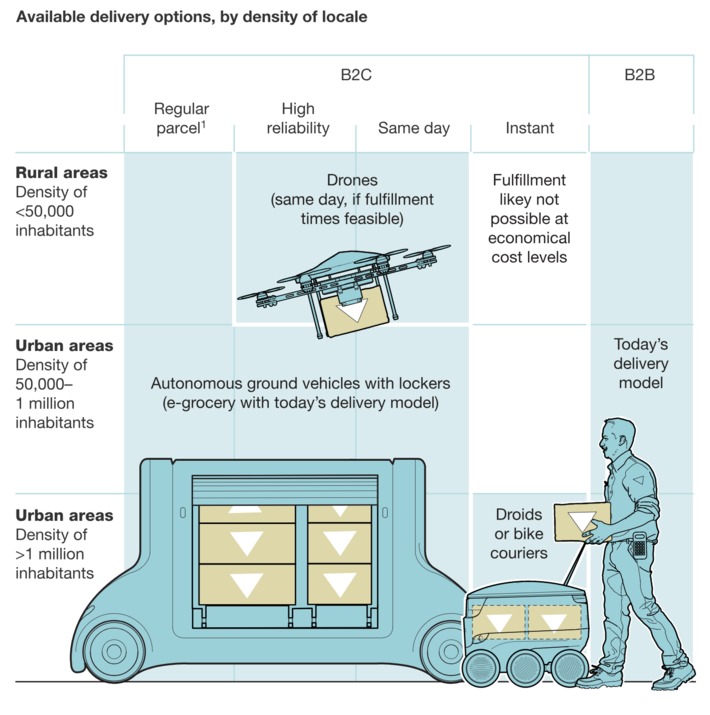
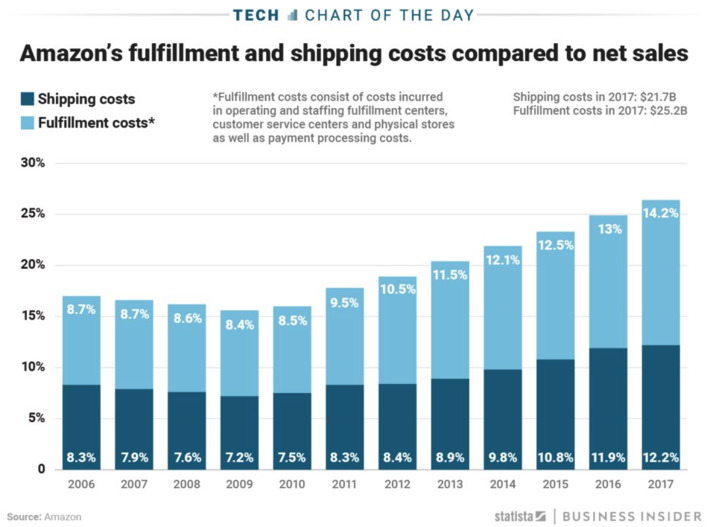
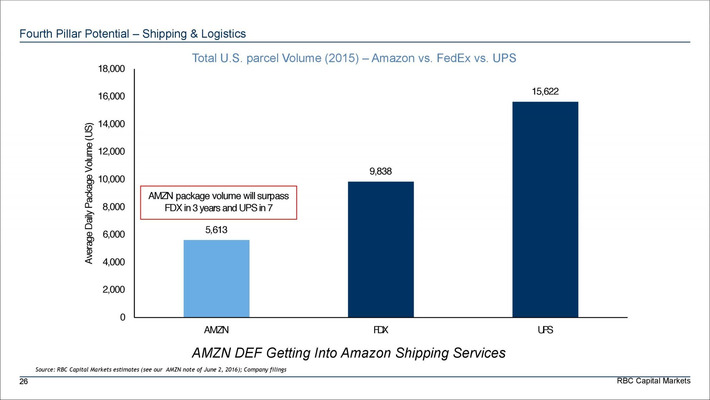










WHY IT MATTERS: shipping remains the last issue to solve in eCommerce IMHO. This report provides some insights into the challenges for 2022, including rate increases labour shortage, increased competition by Amazon.